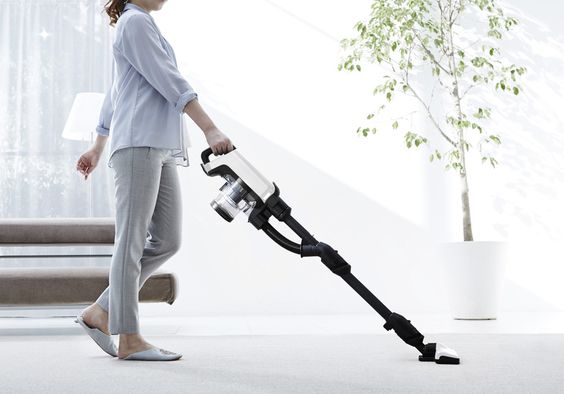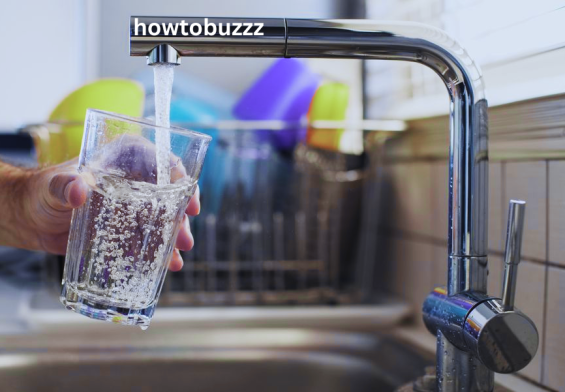New York City residents get exposed to poor indoor air quality (IAQ) pretty often, and that can lead to numerous health issues, like respiratory problems, allergies, and other long-term health conditions. Fortunately, there are several ways for NYC residents to improve their IAQ. This article will cover some practical steps that anyone can take to make their indoor environment healthier, while showing how important it is to defer to an indoor air quality specialist in more severe cases.
Understanding Indoor Air Quality Challenges in NYC
The environment in New York City can certainly make it difficult to maintain good indoor air quality. There’s tons of particulate matter from traffic, dust from construction, mold from older buildings, and allergens from pets and pests all over the city. On top of that, many apartments are poorly ventilated with high humidity levels, so maintaining a healthy living space becomes understandably difficult.
Poor indoor air quality can impact someone’s health in several ways, like minor respiratory irritations, such as sneezing and coughing, to more severe conditions like asthma and other long-term issues. Improving indoor air quality plays a much larger role than people think in maintaining overall health and well-being, especially in a dense urban environment like NYC.
DIY Ways to Improve Indoor Air Quality
Improve Ventilation
Improving ventilation is one of the easiest ways to improve indoor air quality. Proper ventilation brings in fresh air, which dilutes the pollutants that are present indoors. When the air quality outside is good, NYC residents can open their windows, as well as use the exhaust fans in their kitchens and bathrooms to reduce moisture and odors.
Of course, there are certain apartments where opening windows isn’t always feasible because of noise or outdoor pollution. Portable air purifiers can be a great alternative for these kinds of spaces. The ideal air purifiers have HEPA filters, which remove tons of airborne allergens and particulate matter. However, the best way to improve indoor air quality is to get to the root of the problem.
Control Humidity Levels
Humidity is conducive to mold growth, so controlling it is crucial for keeping indoor air quality healthy. Mold and dust mites, which humidity can also cause, are incredibly common allergens. Using a dehumidifier can keep indoor humidity levels low enough to reduce these irritants.
Air conditioners also have a few roles to play in improving indoor air quality: they cool the air, obviously, but they also reduce humidity levels. To get the most out of an air conditioner, keep windows and doors closed while the air conditioning is running and set the system to recirculate indoor air, which filters out outdoor allergens like pollen.
Reduce Common Indoor Pollutants
As mentioned above, getting to the root of the problem, which means reducing/eliminating the source of the irritants, is the best way to improve indoor air quality. Some ways to do so include:
- Dust and Allergens: Regular, consistent cleaning goes a long way toward reducing dust and other allergens. Vacuum carpets and rugs with a vacuum cleaner equipped with a HEPA filter, and dust surfaces with microfiber cloths that can trap allergens more effectively than traditional dusters. Wash bedding in hot water weekly to kill dust mites.
- Pet Dander and Mold: For homes with pets, keep them groomed regularly and consider using air purifiers designed to handle pet dander. Address mold issues by fixing leaks promptly and using mold-resistant products where possible. Using allergy-proof covers on mattresses and pillows can also help reduce exposure to dust mites and dander.
- Volatile Organic Compounds (VOCs): Many household products, like paints, cleaning supplies, and furnishings, emit VOCs into the home. Choosing low-VOC or VOC-free products can reduce exposure. When using products that emit VOCs, make sure to have good air circulation and ventilation by using exhaust fans and opening the windows.
Additional Tips for NYC Residents
- Houseplants: There are certain types of houseplants, like spider plants and peace lilies, that absorb toxins from the air. They don’t have a huge impact on indoor air quality, but they can complement other methods and add a natural touch.
- Avoid Smoking Indoors: Smoking indoors significantly degrades air quality for everyone in the home, not just the smoker. If you smoke, do it outside and away from open windows and vents so smoke doesn’t get into the home.
- Radon Testing: Even though it’s less common, radon can be a hidden danger in NYC homes. It’s a radioactive gas that can accumulate indoors and causes lung cancer. Testing for radon is a simple and effective way to keep your indoor air quality safe.
Leveraging Indoor Air Quality Solutions NYC
Improving indoor air quality in NYC doesn’t have to be overwhelming or expensive. By taking simple DIY steps—like improving ventilation, controlling humidity, and reducing common indoor pollutants—you can make the air you breathe at home that much safer. For those with more persistent issues or severe health concerns, consulting an Indoor Air Quality Specialist is a wise move to make sure the pollutants are addressed properly. Start implementing these changes today for a healthier living environment.




